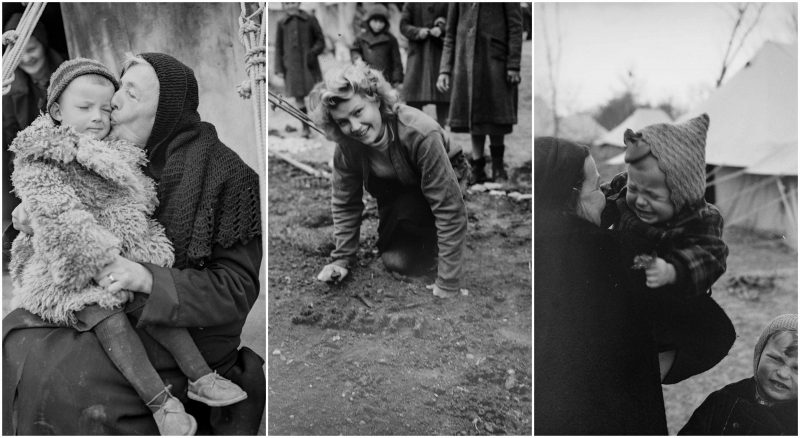After the 1939 wave of Nazi Germany and the Soviet Union’s invasion of Poland, thousands of Poles who were sent to Siberia managed to escape the Soviet Union. They ended up in India, Palestine, Iran, British Africa, New Zealand, and as far away as Mexico.
In 1939, the territory of Poland was divided between the two invading countries. The Eastern section of Poland was occupied by the Soviet Union, and soon afterward Moscow started a schedule of mass deportations. Hundreds of thousands of Polish citizens were compelled to leave their homes and were sent to Kazakhstan, Siberia, and other parts of the USSR. There were several series of deportations, during which entire families were separated from one another and sent to terrible refugee camps in various regions of the Soviet Union.
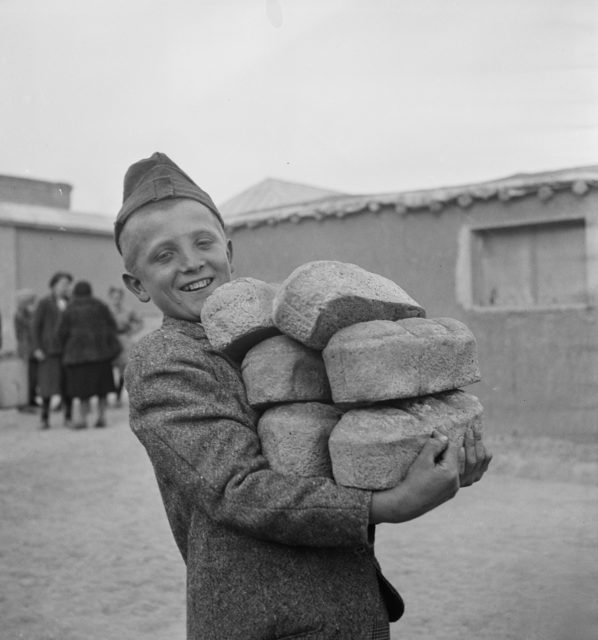
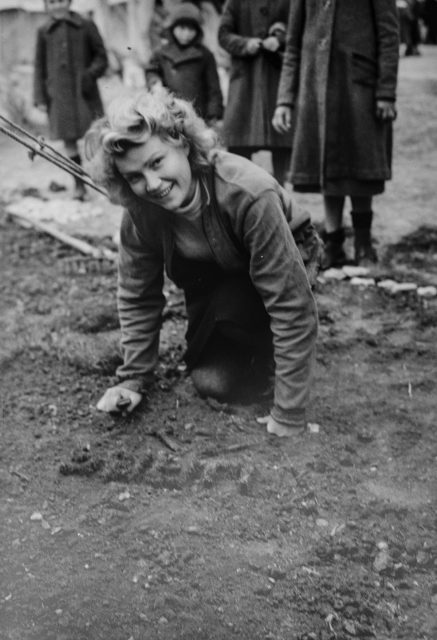
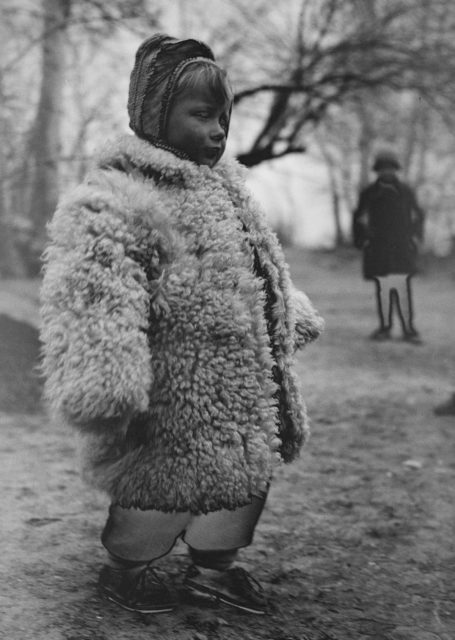
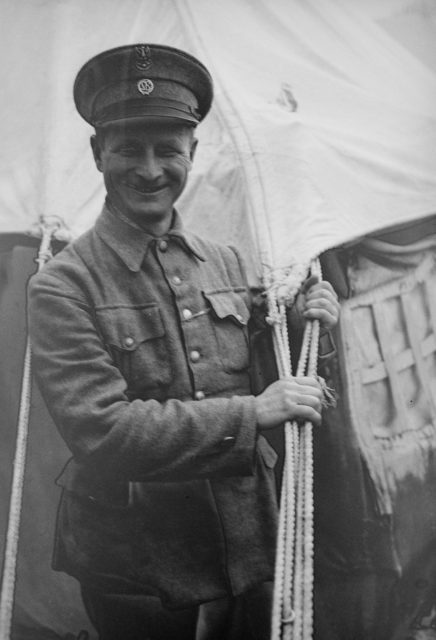
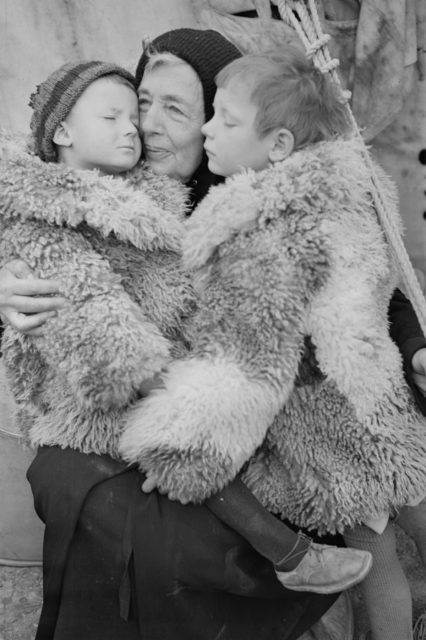
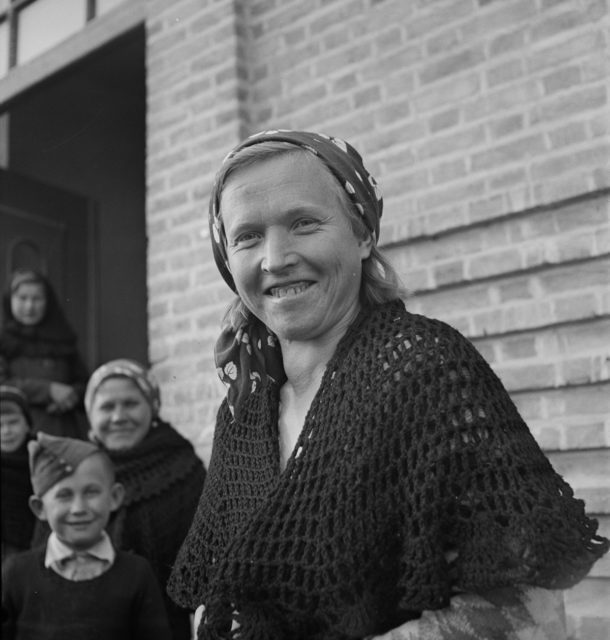
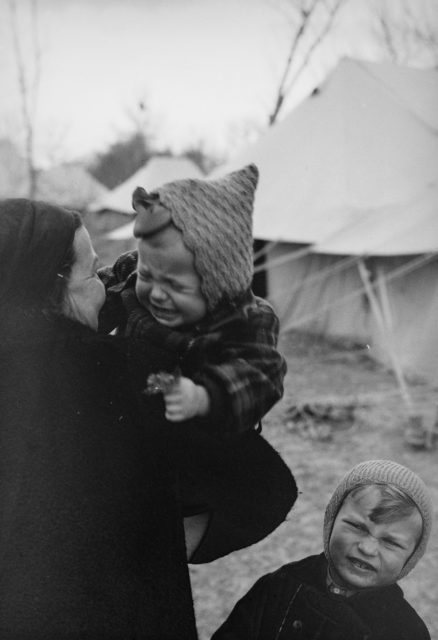
Some 22,000 Poles found their way to the Near East, and what is now called the Middle East, mostly to Iran, Iraq, and Palestine. In the latter part of 1942 and early 1943, the Polish refugee camps in Iran were located in Ahvaz, Isfahan, Mashhad, and Tehran. The first schools for the refugees were opened in Tehran and one year later there were ten Polish educational institutions opened. A Polish orphanage and children’s camp opened at Isfahan, where 2,300 children and 300 adults were residing, and in total eight elementary schools were constructed.
The summer of 1942 saw the first arrival of Polish refugees in Palestine. They were mostly boys and girls aged 14 to 18 who were supporters of the Polish Army as members of a scout organization while in the Soviet Union. These scouts were ordered to Camp Bashit where the boys and girls were divided into several groups and started their education.
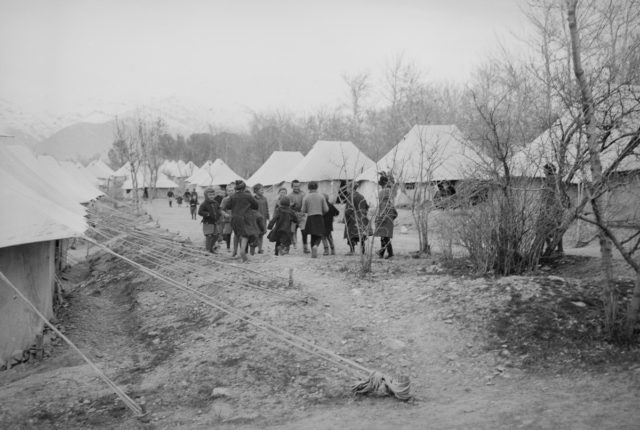
Photo Credit
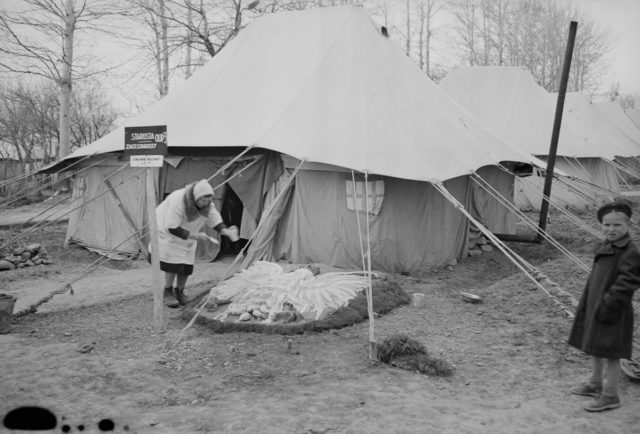
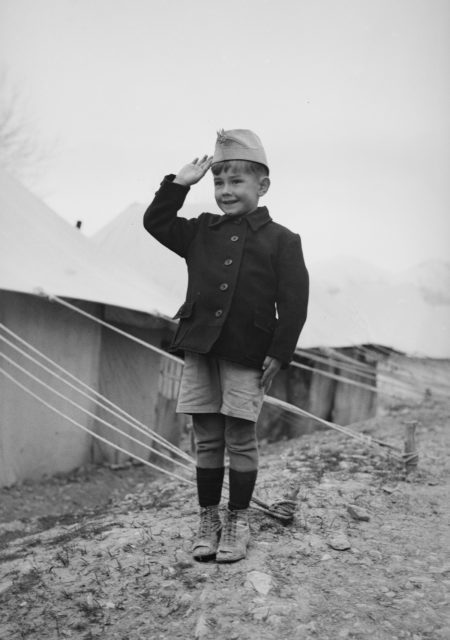
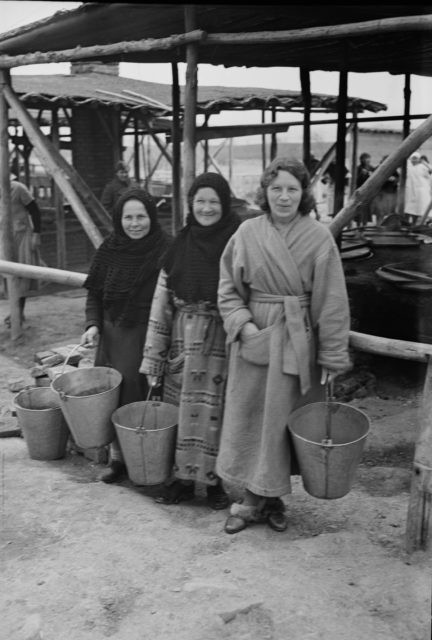
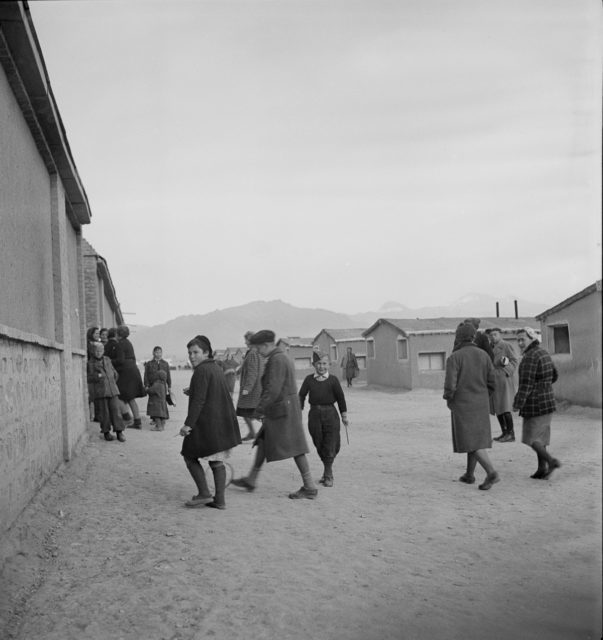
During August of 1942, two schools were constructed for the children – one for the younger ones (aged 8 –15) and one for the older children; attendance began on September 1, 1942. In total, between 1942 and 1947, the Polish schools in Palestine were teaching 1,632 students.
Additionally, in Egypt, there were schools for the refugees at Heliopolis and Tall al-Kabir. During 1943 and 1944, there were 26 schools for Polish refugees in the Middle East.
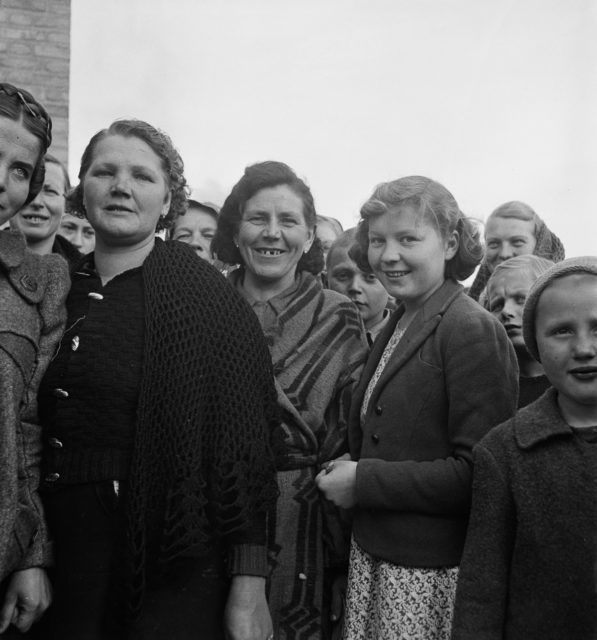
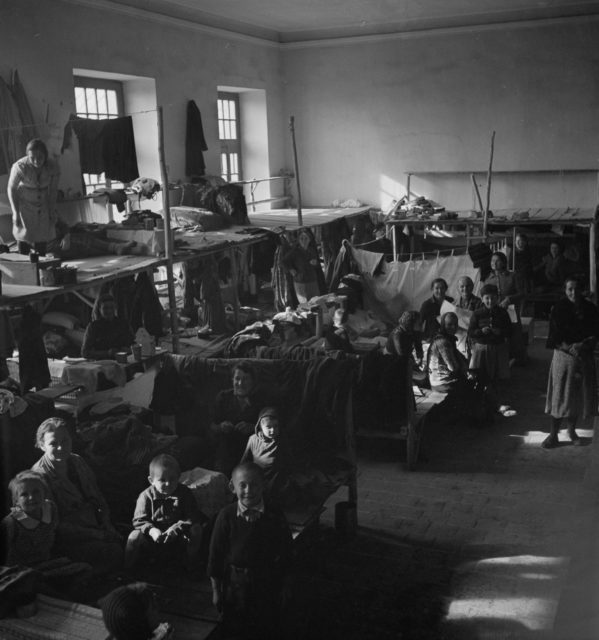
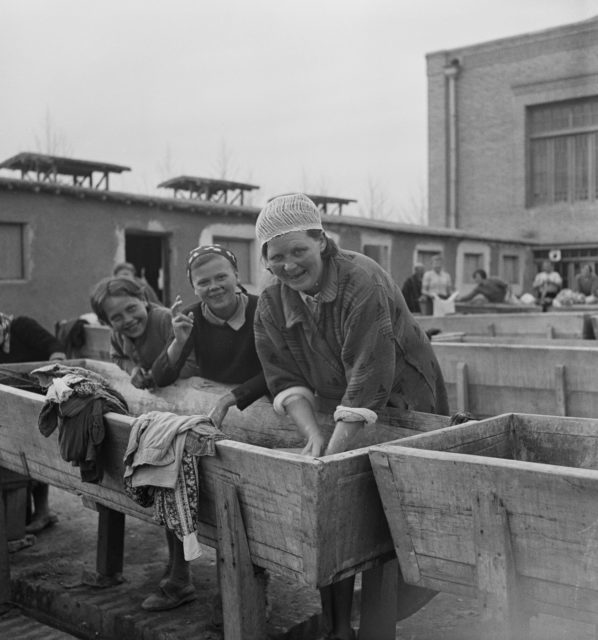
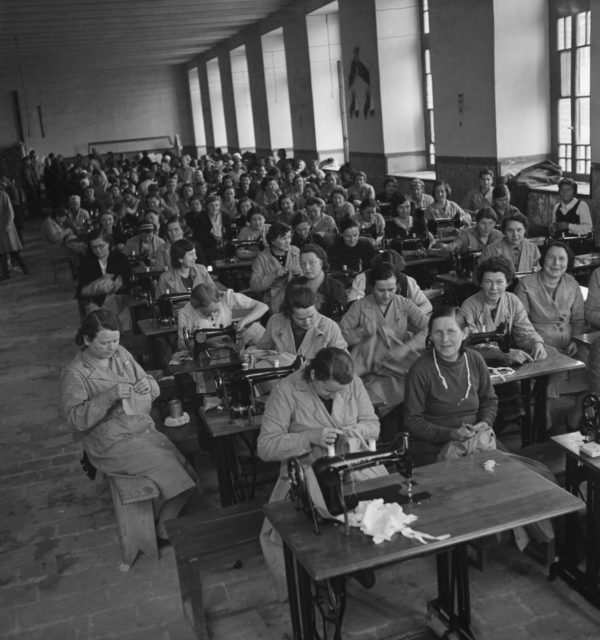
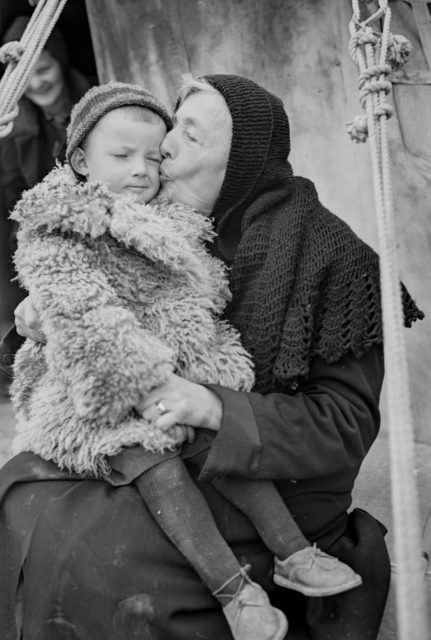
In mid-1942, the fate of the deported Poles improved considerably. Amnesty for the Polish citizens in the Soviet Union was declared after the signing of the Sikorski–Mayski Agreement. The Anders’ Army was founded, which attracted not only soldiers who had been forced to stay in the Soviet prisoner of war camps, but also thousands of civilians. This private group included a large number of Polish orphans whose parents had perished in Soviet camps.
On the way to the bases of the newly formed Polish army, an epidemic-sized outbreak of dysentery occurred, which decimated men, women, and children; thousands died along the way!
